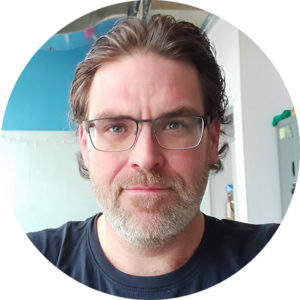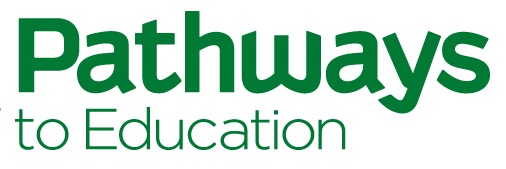“Every time we meet a youth, from the very beginning of the program, we check in around school. And then, we’ll talk about health, relationships, hopes and dreams. That’s what makes it possible for us to do good work with young people. If you have the relationships, the rest falls into place.”
—Tyler Dobbin, Pathways Program staff

For Pathways staff like Tyler Dobbin, every minute spent with youth is a step towards closing the gap between students and their education—between students and their full potential.
With your support, staff members like Mr. Dobbin create a world of possibilities for students. Take career planning. You might think this work begins in grade 11 or 12, but after seven years at Pathways, Mr. Dobbin has learned it starts much earlier. At Pathways Vancouver, students are first introduced to career ideas in the ninth grade to start building confidence and encouraging them to aim for occupations, schools, or scholarships that might have once seemed out of reach. “In a way, post-secondary applications are the easy part,” he reflects. “Once we’ve worked with a youth from grade 8 to grade 11, writing a reference letter about the awesome things they do in their life or helping them write an essay about what they’ve overcome becomes very easy.”
That’s how this past year, an incredible seven students from Pathways Vancouver, where Mr. Dobbin works, have been awarded prestigious Beedie Luminaries Scholarships. And in 2020, a student from the same program location was chosen as a Loran Scholar—a highly competitive process that attracts top students across Canada. It’s a testimony to the abilities of these young people, but also the result of years of relationship-building and skilled guidance from staff members.
So what makes the difference? Trust and a solid relationship, according to this Program staff member. “In application essays, one of our challenges is, how do you remind a youth that they’ve overcome so much? That’s where the relationship makes a difference. It’s much easier to say, ‘Remember the time you did this?’ than asking, ‘tell me of about a time you did this.’”
It’s relationships like these that will help close the gap for youth living in low-income communities. As we look towards a future after the pandemic, your support helps students living in low-income communities receive the support they need—not just at the end of high school, but during their entire secondary education. That, for Mr. Dobbin, is what really makes a difference.
